Over the last few years, Cloud has become a popular buzzword in the IT sector. Different scales and verticals of businesses are moving to the cloud, storing their data in the cloud, and hosting their software applications from the cloud. We can say, everything in the IT sector is revolving around this new-age technology.
However migrating a business to the cloud is never been an easy job for those who take the decision like a bat out of hell. It is important to evaluate the benefits and uncertainty involved in different cloud models, including Software-as-a-Service (SaaS), Infrastructure-as-a-Service (IaaS) and Platform-as-a-Service (PaaS). So, if you are planning for a cloud shift for your business, then understand how each cloud model works.
In this blog post, we will reflect upon the three cloud models and summarize the key elements of each in terms of technical support, cost analysis, and integration level.
1. Software-as-a-Service (SaaS)
SaaS is a convenient and reliable software delivery method that allows users to access their software programs and its functions remotely as a web-based service. The service enables businesses to access multiple business related functionalities at a cost, which is less than shelling out for licensed applications. Most of the business organizations prefer Software-as-a-Service for their ERP (Enterprise resource planning) requirements .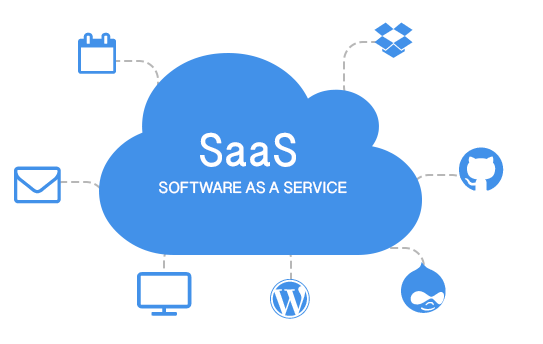 Under this, applications are hosted in a cloud environment by a reliable third-party provider and let employees access hosted applications anytime either from their desktop or mobile device. Plus, it does all the heavy lifting on your behalf by managing the installation, set-up and day-to-day tasks and updates.
Under this, applications are hosted in a cloud environment by a reliable third-party provider and let employees access hosted applications anytime either from their desktop or mobile device. Plus, it does all the heavy lifting on your behalf by managing the installation, set-up and day-to-day tasks and updates.
Compatibility with Different Organizations
Since SaaS is a mature cloud model, it can be even more expensive for an organization if there are more users. However, it can be less expensive for some applications such as email, but it will remain cheaper than conventional deployments. In fact, the companies with a small number of employees may need to implement it for a longer lease- this is a cost efficient solution small scale companies.
2. Infrastructure-as-a-Service (IaaS)
IaaS is an incredible form of cloud computing model that offers virtualized computing resources on the web to their users.
Under this model, a cloud service provider hosts software programs, server, hardware, storage and other IT resources on behalf of an organization. They also manage multiple tasks such as system maintenance, resiliency planning and backup of all infrastructure components.
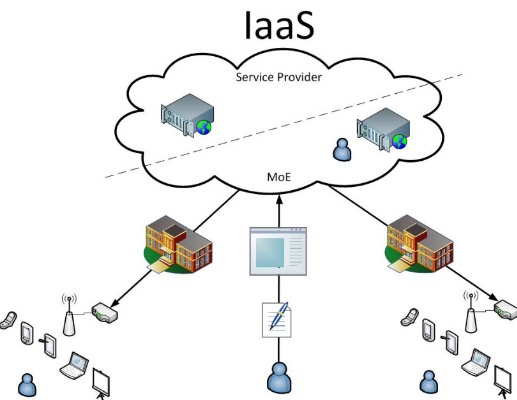 In addition, IaaS cloud models also offer fully-functional and scalable resources that can be adjusted on-demand. This makes the platform compatible for all scales of businesses. Even it automates administrative tasks, desktop virtualization, dynamic scaling, and policy based services of an organization.
In addition, IaaS cloud models also offer fully-functional and scalable resources that can be adjusted on-demand. This makes the platform compatible for all scales of businesses. Even it automates administrative tasks, desktop virtualization, dynamic scaling, and policy based services of an organization.
Compatibility with Different Organizations
Since IaaS is a pay-per-use cloud computing model, there will be constant cost fluctuations while adding or reducing services. No doubt dynamic scaling is good for business growth , but mid-market businesses need to be very careful as the additional hidden cost may exceed their estimated budget.
3. Platform as a Service (PaaS)
PaaS is also an amazing cloud computing model that works by delivering applications and other infrastructure components. Under this, a cloud service provider delivers both the hardware and software tools to those who need for application development – to business organizations.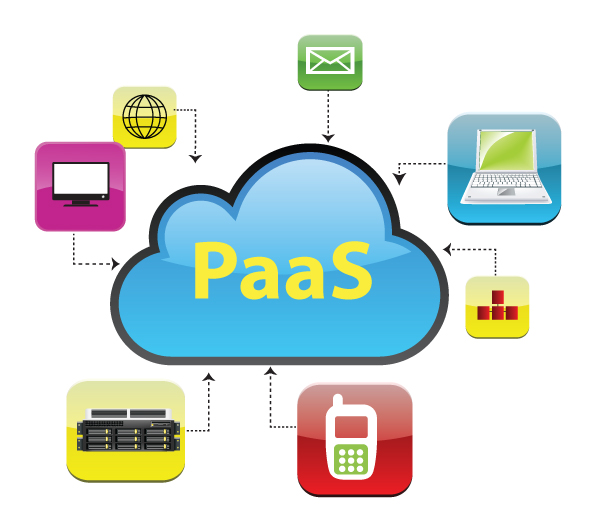 The thing about PaaS cloud computing is that it hosts hardware and software on its own infrastructure so users don’t need to waste their time in installing in-house software and hardware to develop or run a new program and application. Even, it let developers and application managers set up a common and stable platform for development procedure by delivering databases, applications, and operating systems.
The thing about PaaS cloud computing is that it hosts hardware and software on its own infrastructure so users don’t need to waste their time in installing in-house software and hardware to develop or run a new program and application. Even, it let developers and application managers set up a common and stable platform for development procedure by delivering databases, applications, and operating systems.
Compatibility
When you compare Paas to SaaS, then it is a more reliable and affordable option because users can provide or purchase the software at a fixed cost. The only customer fees in the PaaS model are for the infrastructure and software below the application. Software costs are incurred only at the time of purchase, and ongoing costs involves the PaaS infrastructure and software maintenance facilities which makes it a cheaper option than SaaS.
Conclusion
Consider all the three cloud computing models before migrating your business to the cloud. Make sure the cloud model you opt for can meet your business needs and let you perform the business functionalities quickly and efficiently.


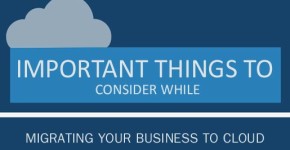


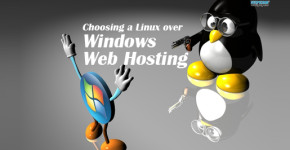
Thanks for these tips!!
Definitely, cloud telephony can provide businesses with the wide range of benefits. It is a boon for any business looking to grow and make an impression in the industry. And I think one of the major concerning issues for companies moving to cloud is to avoid being locked to particular cloud service provider. It is good to have an alternative strategy.